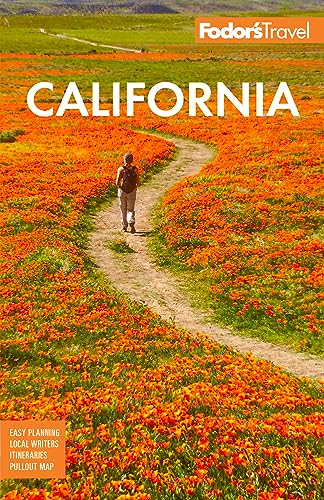Gold was discovered in the Julian area in 1869, and gold-bearing quartz a year later. More than $15 million worth of gold was taken from local mines in the 1870s. Many of the buildings along Julian’s Main Street and the side streets today date back to the gold-rush period; others are reproductions.
When gold and quartz became scarce, the locals turned to growing apples and pears. During the fall harvest season you can buy fruit, sip apple cider (hard or soft), eat apple pie, and shop for local original art, antiques, and collectibles. But spring is equally enchanting (and less congested), as the hillsides explode with wildflowers—thousands of daffodils, lilacs, and peonies. More than 50 artists have studios tucked away in the hills surrounding Julian; they often show their work in local shops and galleries. The Julian area comprises three small crossroads communities: Santa Ysabel, Wynola, and historic Julian. You can find bits of history, shops, and dining options in each community. Most visitors come to spend a day in town, especially after snowfall, but the hillsides support small B&B establishments for those who want to linger longer, read, rest, hike, bird-watch, and stargaze.
It's worth a side trip to Cuyamaca Rancho State Park, 15 miles south of Julian. Spread over more than 25,000 acres of meadows and forests, the park offers a beautiful outdoor experience with a lake, camps, picnic areas, and more than 100 hiking trails. For an inspirational desert view, stop at the lookout about 2 miles south of Julian on Route 79. The Sunrise Highway, passing through the Cleveland National Forest, is the most dramatic approach to Julian.




